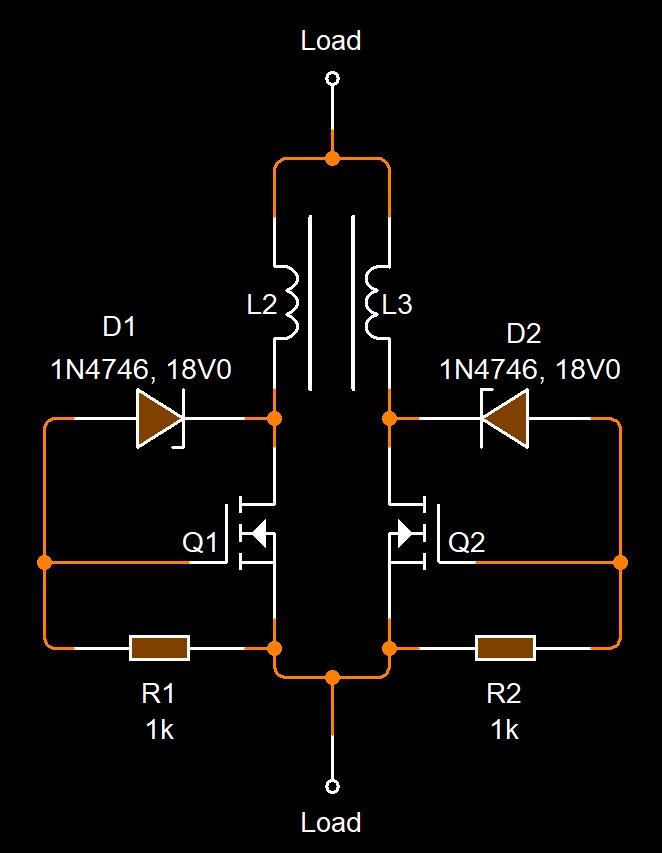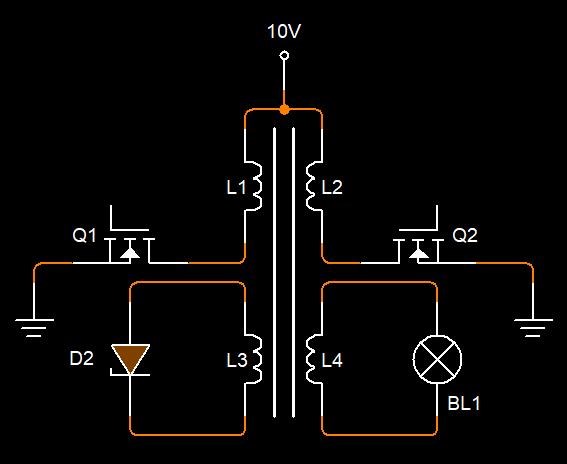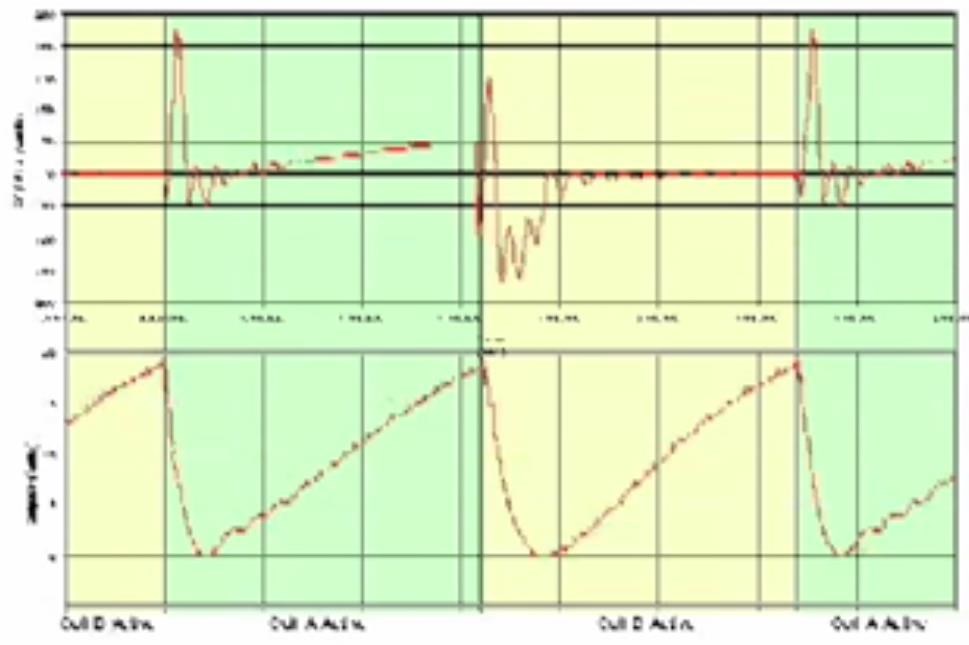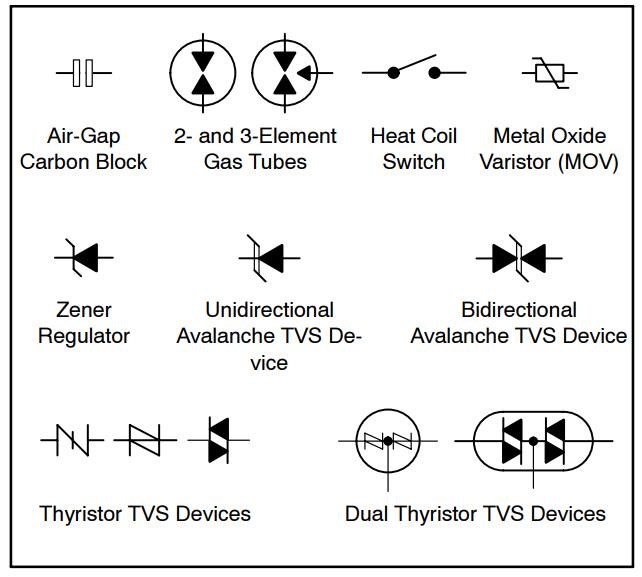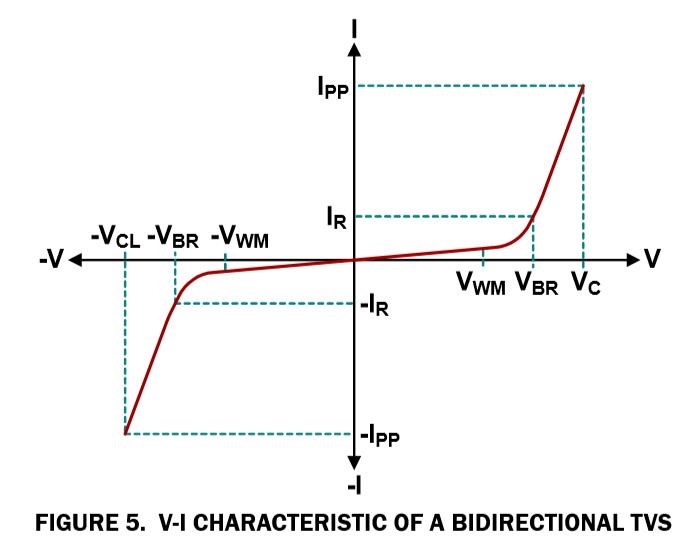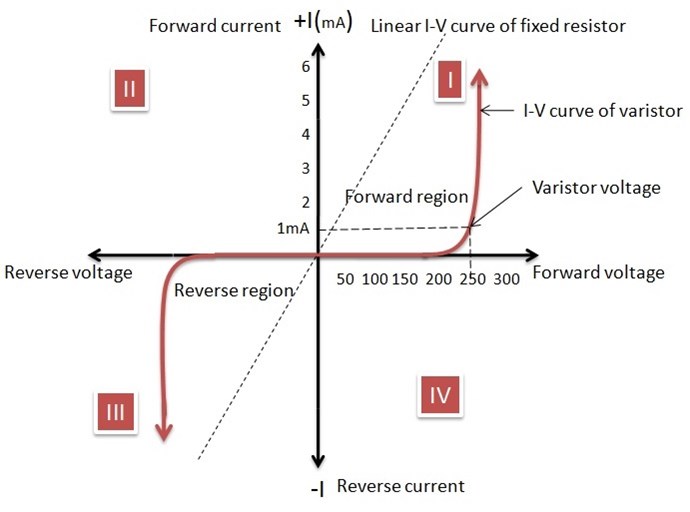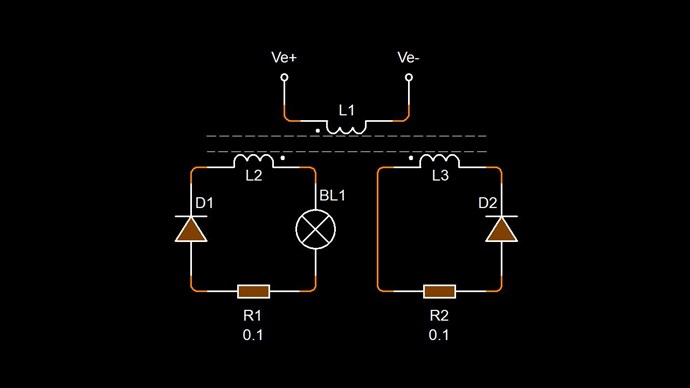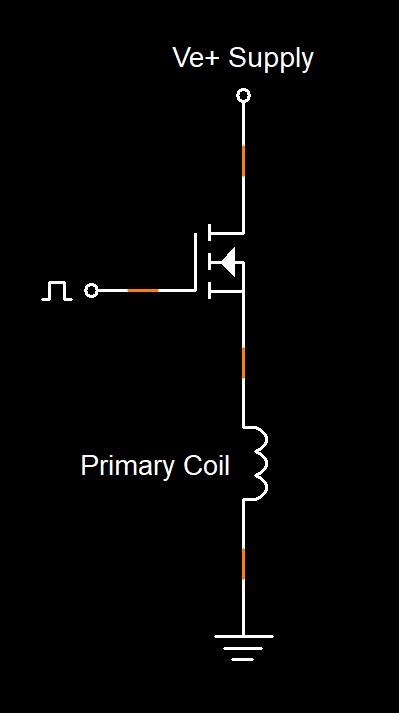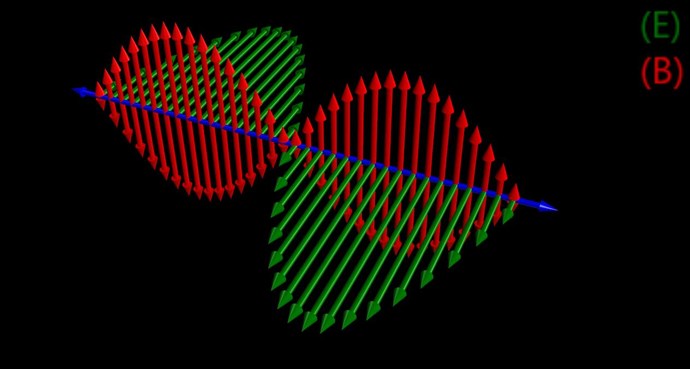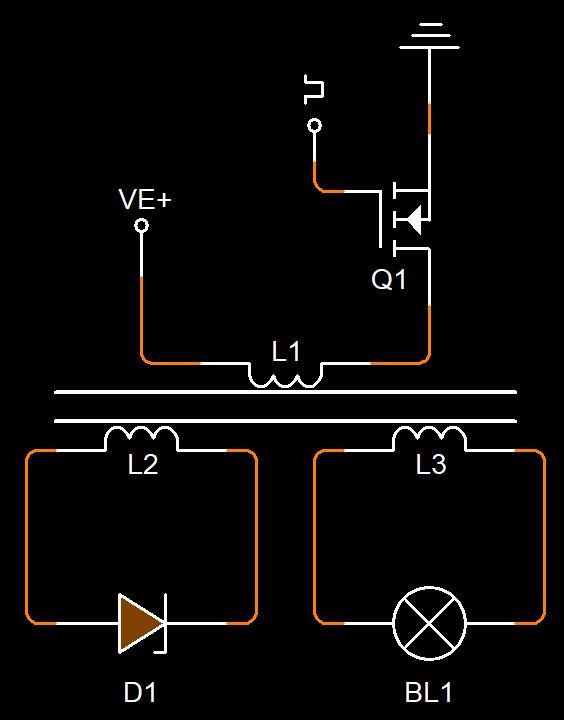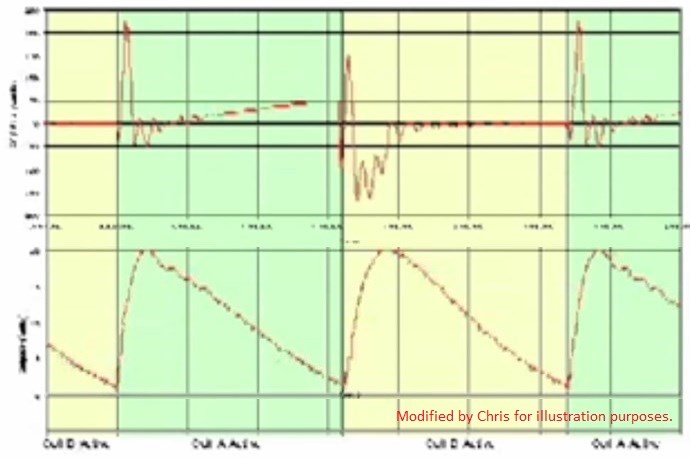Chris
posted this
18 December 2021
- Last edited 18 December 2021
Hello Scalarpotential,
The Core is a Lenz, all it does is Focus the Magnetic Flux and the "Change" of this same Magnetic Flux, in Time ( t ), with a Propagation Delay.
So, the Core must be seen for what it is, having "Aspect Ratio" and thus Time Delay:
Uniform space has only two parameters:
- 1: aspect ratio.
- 2: time delay.
Aspect ratio defines the shape of energy entering a given region of space, but not its amplitude. Velocity or length define the time during which the properly shaped energy can be accommodated by a region of space. Aspect ratio is really a definition of the relative compatibility of adjacent regions of space. Does flowing energy current largely travel unimpeded through an interface, or does it largely reflect at the interface? Space has quiet zones through which energy glides virtually unreflected. There are also noisy zones where energy current becomes incoherent, bounces about and splits apart. Noisy zones in space have either rapidly changing geometry or rapidly changing impedance
Aspect Ratio, This is the Core Material, the Energy is Magnetic Flux, or The Magnetic A Vector Potential, which is Amperes per Sq Meter. One Gauss = 79.77 Amperes per Sq Meter.
No, ALWAYS there must be a Bucking, Opposition of Magnetic Fields! But in Order, there is an Order to the Action Sets!
Magnetomotive Force ( M.M.F ) is measured in Units of Current ( I ) and Turns ( N ), which is Ampere Turns ( NI ) and H is the Magnetic Field Strength, which is different again, but measured in the same Units, NI:
magnetic field strength, also called magnetic intensity or magnetic field intensity, the part of the magnetic field in a material that arises from an external current and is not intrinsic to the material itself. It is expressed as the vector H and is measured in units of amperes per metre. The definition of H is H = B/μ − M, where B is the magnetic flux density, a measure of the actual magnetic field within a material considered as a concentration of magnetic field lines, or flux, per unit cross-sectional area; μ is the magnetic permeability; and M is the magnetization. The magnetic field H might be thought of as the magnetic field produced by the flow of current in wires and the magnetic field B as the total magnetic field including also the contribution M made by the magnetic properties of the materials in the field. When a current flows in a wire wrapped on a soft-iron cylinder, the magnetizing field H is quite weak, but the actual average magnetic field (B) within the iron may be thousands of times stronger because B is greatly enhanced by the alignment of the iron’s myriad tiny natural atomic magnets in the direction of the field.
H is the Magnetizing Force, and not Magnetomotive Force, where, the Strength of the Magnetizing Field ( H ), and the mean length ( L ) of a solenoid are equal to the M.M.F. M.M.F = HL. So they are different things.
At Magnetic Resonance, the Core serves as a Medium, if you like a Transmit and Receive Medium, which facilitates the Coil to Coil Interactions required, but the same can be achieved with No Core also! So a Core is not necessary at all, I have found a Core can make results more fruitful in most cases.
At Resonance, we find Maximum Amplitude in Output Voltage ( V ) for the Minimum Input Current ( I ). Magnetic Interactions are at the same Propagation Delay, and no longer or shorter. An ideal, lossless Transformer becomes a realisation and Energy Gains come from the Time Domain.
Imagine Magnetic Resonance as a Shaft Driven "Generator", Speed Up, or Slowed Down, to find the Ideal Magnetic Interactions between the Rotor and Armature Coils. In measuring this, one would find 180 Degree Phase between each Coil, and approximately the same MMF Amplitude. At Magnetic Resonance, Shaft Torque would be at minimum, just like the Timing in a Combustion Engine. An Engine with Advanced or Retarded Timing does not run smooth and thus is not as Efficient!
The same is true of these Magnetic Interactions!
Best Wishes,
Chris
